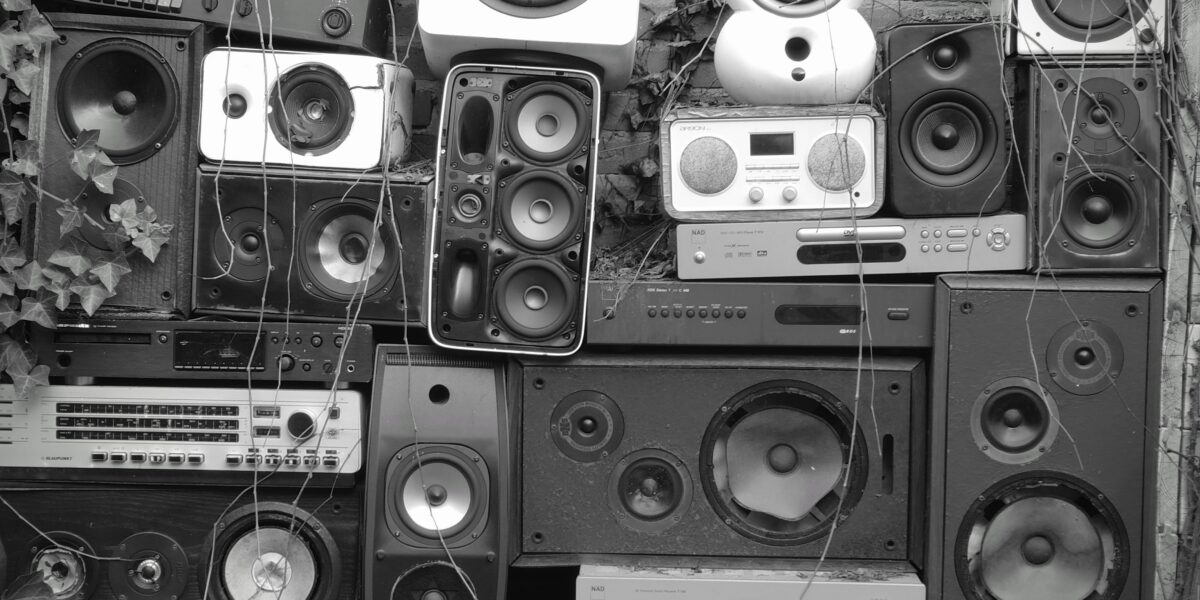As part of TVE’s series on sound, our consultants explore the impact of multi-screening and multi-listening on our experiences of audio.
Remember the buzz around multi-screening? About 10 years ago, using multiple screens at once – TV, laptop, phone, tablet – posed a threat to many companies and represented an opportunity for others.
How could marketers and content creators cope with our diminishing attention spans? They adapted; evolving to land the message sooner, increase the momentum of plots, or simply accept their place in the background of people’s lives and lines of vision.
This phenomenon, however, is not exclusive to visuals – we can hear it too. The difference with vision is that simply looking away drowns out one screen and puts another into focus. It’s not so easy to control what you can hear in this way; we are not radios tuning in and out. Industries focused on sound will need to evolve differently to cater to our shortening attention spans.
From cutting out intros, to speeding up songs, to shortening song length, (for better, or worse) content creators and artists have begun to adapt to our needs for a constant and constantly changing sonic stimulation landscape. Can hardware start to do the same? We already have mono-headsets (single-sided), usually reserved for the workplace that allow multiple sources of audio to be experienced without having to remove or put anything on, but this is fairly tame when it comes to product innovation.
Could we one day sync our headsets to our multi-screening habits and switch audio channels with the click of a button, or by voice-activated instruction? Would we enjoy being able to change playback speeds using just our headsets? What’s the role of noise canceling in reducing one sound channel to focus on another?
As you can tell, we are pretty excited about the changing soundscape, and what it means for brands, innovation, and entertainment. Have you started thinking about how your brands show up in an increasingly noisy soundscape? And what you could be doing to cut through.


